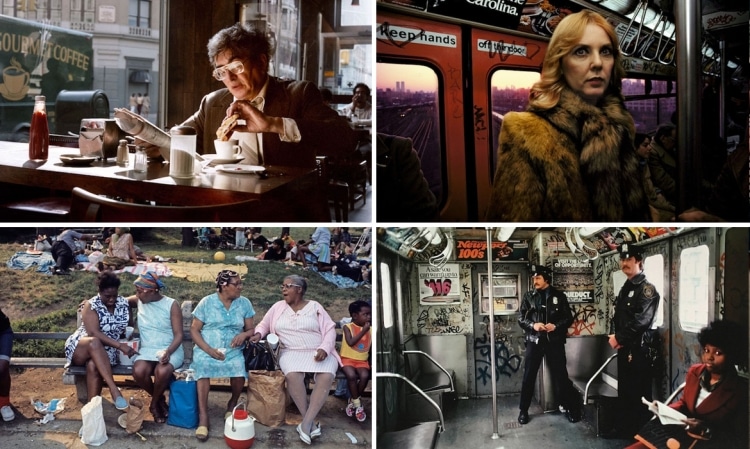
Images via (L-R clockwise): Janet Delaney, Bruce Davidson, Martha Cooper, Jack Garofalo.
The 1970s and 1980s were gritty, exciting times in New York City. Manhattan pulsed with energy, with different sides of the city revealing danger and opulence. As the city transformed into the New York we now know, those heady days seem a distant memory.
Why are people so interested in New York during the 70s and 80s? “I think people are nostalgic for the small, family shops and restaurants that often anchored a neighborhood and gave it its special flavor,” iconic photographer Martha Cooper shares with us. “There were few chains like Starbucks, 7-Eleven or McDonald’s that are now on every other corner with the same architecture as in any city.”
Thanks to the tireless work of numerous street photographers, we’re able to relive the memories of the past. Whether photographing the underground graffiti scene or capturing the decadence of Studio 54, these artists often put themselves in risky situations for the sake of a good shot.
“In the 70s and 80s ordinary people could actually afford to live in Manhattan. What people forget is that the reason the city was affordable is that it had a high crime rate. There were many neighborhoods that were so drug and crime infested that people were scared to go there,” Cooper recalls. “For example, the Lower Eastside was a vast area of abandoned buildings and vacant lots.”
It’s due to the diligence of these photographers that we can remember, both with nostalgia and a critical eye, how the city has transformed for better or worse. We’ve pulled together our list of 12 street photographers who helped capture the vibrance of New York over two critical decades.
Robert Herman
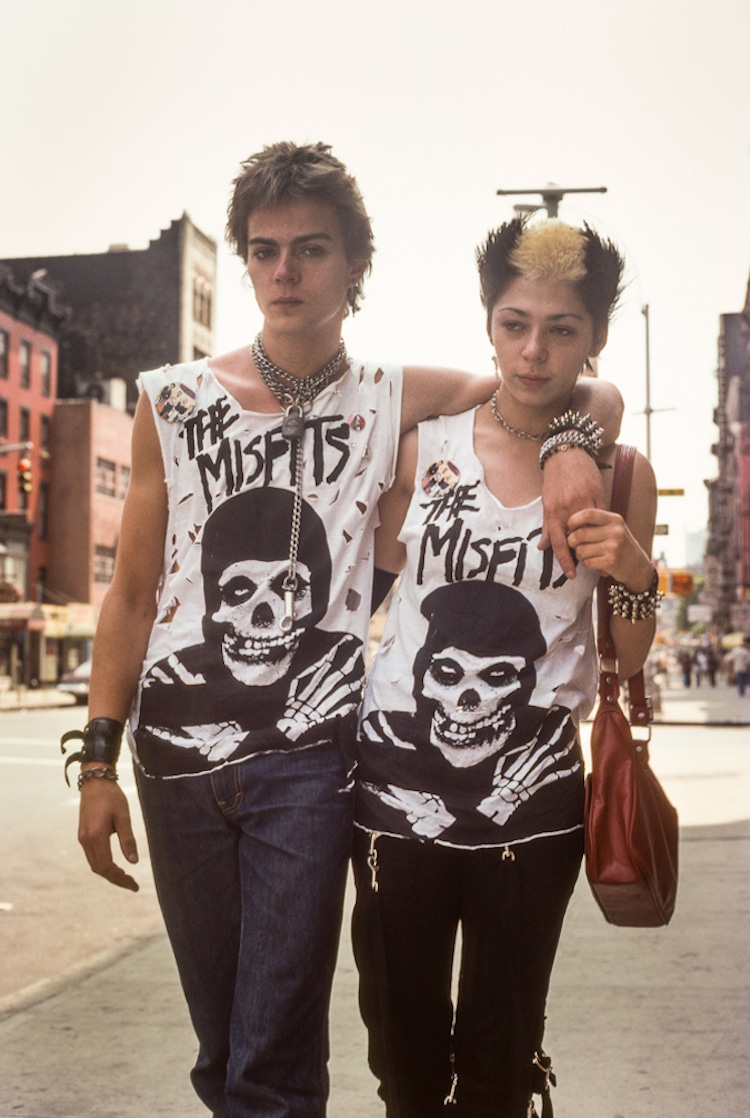
Image via Robert Herman. READ MORE: Striking Street Photos Document the Vibrant Culture of NYC in the ’70s and ’80s
Based in New York since his days as a student, Robert Herman captures candid photos of the people who reside in the city. His work starts from 1978 and gives a glimpse into the culture beyond the tourist monuments.
“These photos tell an authentic story of New York City: not a series of skyline cliches but real New Yorkers living and working in their own neighborhoods. As someone living alongside them and also struggling to make a living, I identified with the fragile vulnerability of the subjects of my photos. The New York I saw was not the hip, glamorous place depicted in fashion magazines or Hollywood movies. New York was the lives of overlooked, anonymous people struggling to endure in this harsh yet vibrant city.”
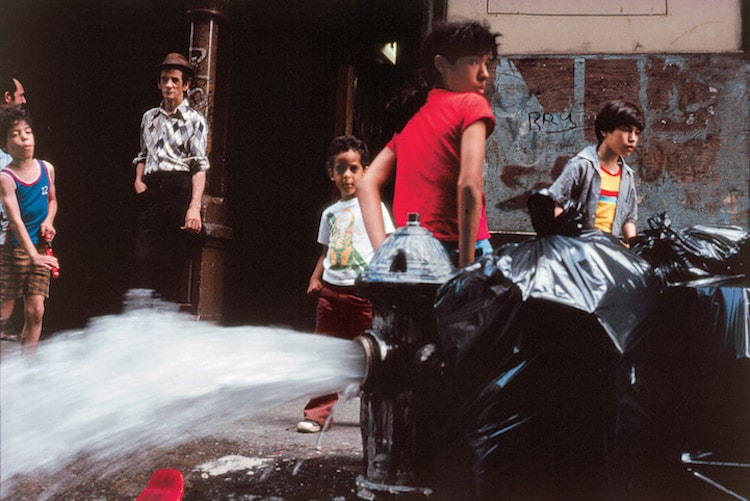
Image via Robert Herman. READ MORE: Striking Street Photos Document the Vibrant Culture of NYC in the ’70s and ’80s
Jack Garofalo
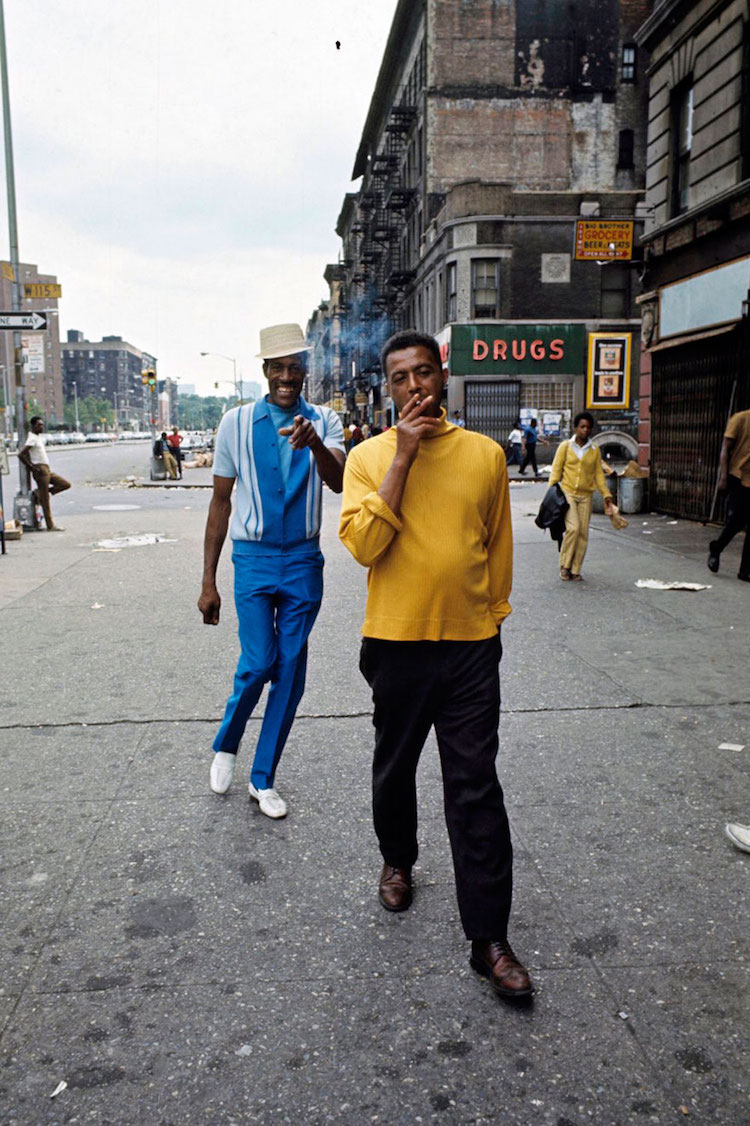
Image via Jack Garofalo.
In 1970, Paris Match magazine photographer Jack Garofalo spent the summer in Harlem. Here, he photographed the lively street culture that existed in a then little-documented area of the city. In fact, at the time people flooded out of Harlem, wary of its poor infrastructure and rising crime. Garofalo’s images show a different side to the neighborhood, one filled with community bonds and street style to spare.
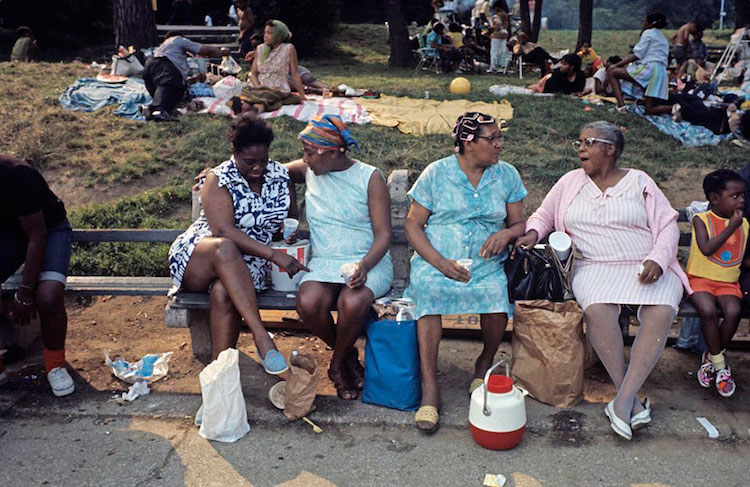
Image via Jack Garofalo.
Frank Horvat
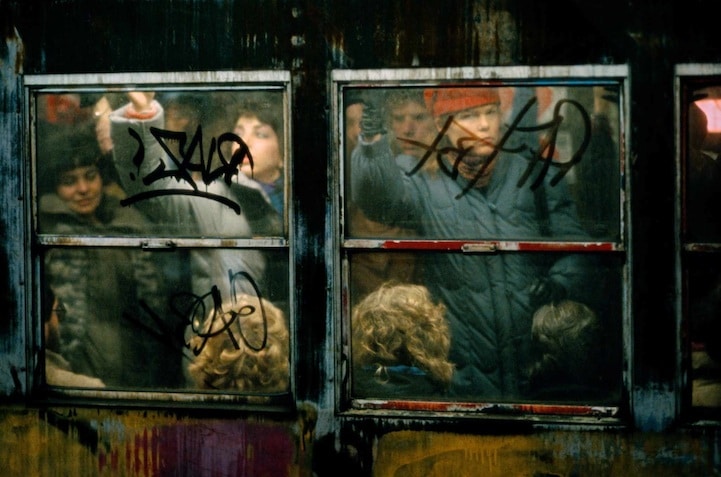
Image via Frank Horvat. READ MORE: Fascinating Photos of New York City in the Early 1980s
Shot between 1982 and 1986, New York Up & Down is Frank Horvat’s look at the highs and lows of the city. Not always pretty, his look at New York was also a way for him to find his own place in the harsh environment. “Through the lens of my camera, my vulnerability met theirs at the moment of exposure: a photograph of someone whose heart is open to a stranger’s camera says more about a New Yorker than I ever can in say in words.”

Image via Frank Horvat. READ MORE: Fascinating Photos of New York City in the Early 1980s
Meryl Meisler
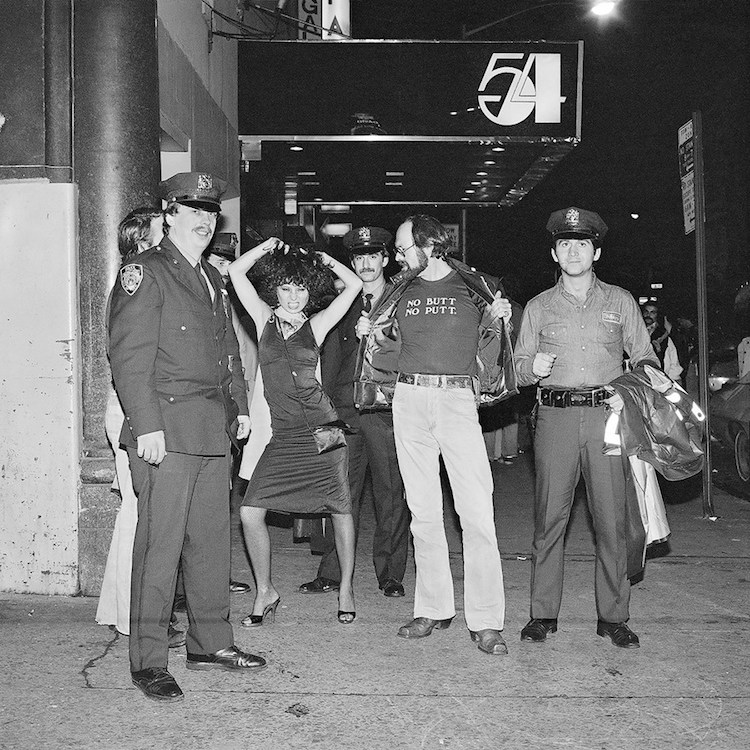
Image via Meryl Meisler.
Photographer Meryl Meisler spent the 1970s expertly documenting the thrilling nightlife of New York. Her black-and-white images bring to life the pulsing rhythm of the disco dancefloor and capture the spirit behind Studio 54.
Meisler, then in her twenties, was working as a freelance illustrator by day, spending her nights shooting the late-night party scene. The resulting photographs are a time capsule showing the close-knit community that formed from this motley crew of party goers.
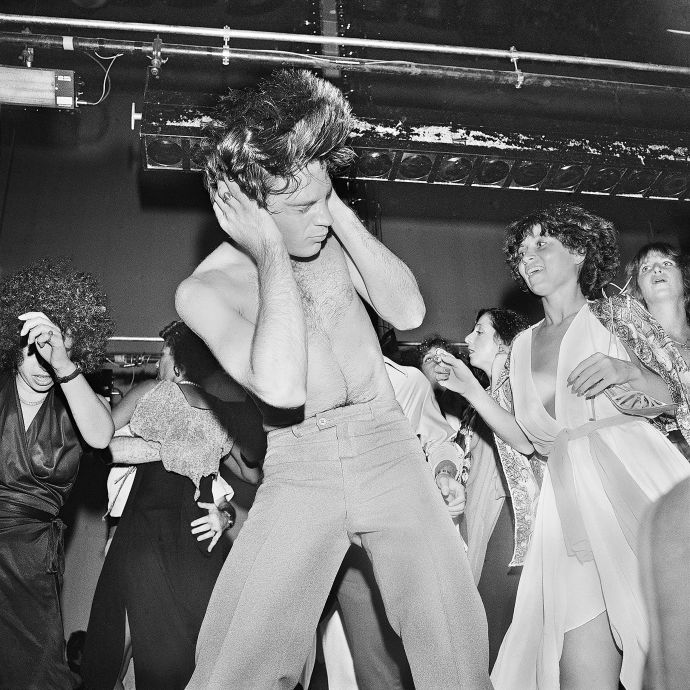
Image via Meryl Meisler.
Matt Weber

Image via Matt Weber. READ MORE: Former Taxi Driver’s Candid Shots of New York Over Three Decades
Former taxi driver Matt Weber started documenting the city in the 1980s and spent three decades collecting a series of images he called The Urban Prisoner. His black-and-white candids are tinged with emotions that range from loneliness to violence. Weber’s pulled back and documentarian approach gives his work a raw, gritty feel.
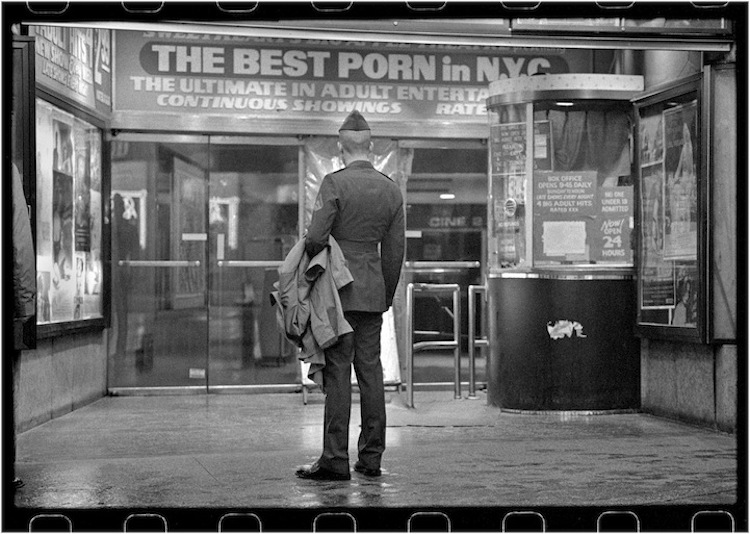
Image via Matt Weber. READ MORE: Former Taxi Driver’s Candid Shots of New York Over Three Decades
Martha Cooper

Image via Martha Cooper.
While working as a photojournalist for The New York Post, Martha Cooper’s encounter with young graffiti artists would take her on a path of documenting one of the most significant underground art movements of the 20th century. Her photographs of New York’s graffiti scene lead us inside the dangerous world of painting trains, and show the dedication and camaraderie formed within graffiti crews. Aside from immortalizing a moment in history, her images have inspired graffiti and street artists for years to come after their publication in Subway Art.
Looking back now, Cooper sees positives and negatives to those time. “The city was chaotic. The good news is that in those free-wheeling times creativity flourished. The chaos gave rise to the great worldwide street culture including graffiti and hip hop that we have today,” the photographer writes us. “I do think gentrification needs to be addressed by making sure there is a high percentage of enforced mixed-income housing. But personally, I am happier living in a city where I’m not afraid of being mugged.”

Image via Martha Cooper.
Henry Chalfant
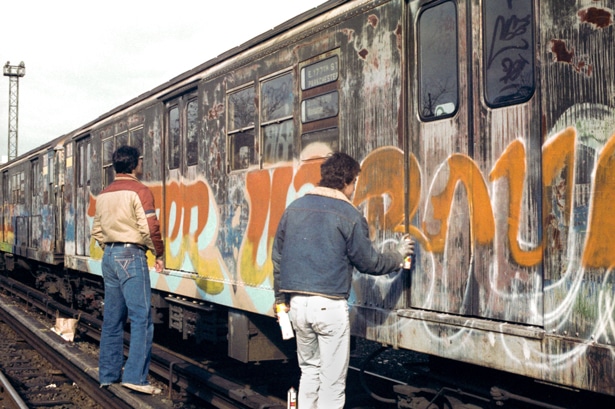
Image via Henry Chalfant.
Along with Martha Cooper, Henry Chalfant was instrumental in capturing the burgeoning graffiti and hip-hop scene in New York. Chalfant is not only a photographer, but also a co-producer of the historic PBS graffiti documentary Style Wars. Through his work, he was able to promote graffiti as a form of creative expression and gave voice to young, struggling artists.
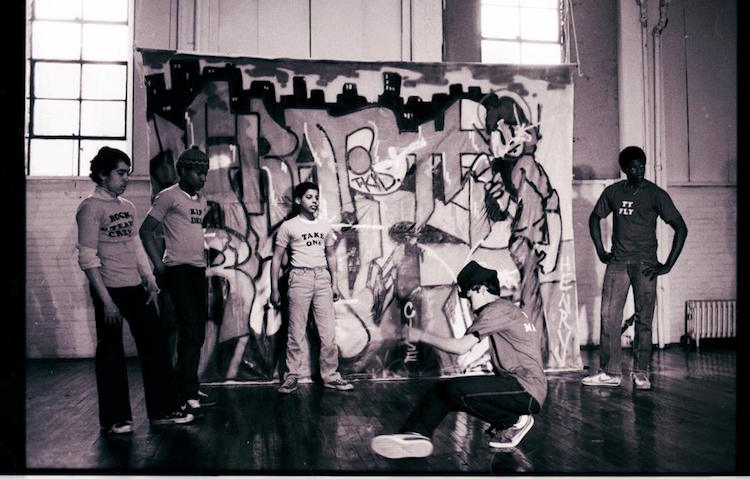
Image via Henry Chalfant.
Janet Delaney

Image via Janet Delaney. READ MORE: Interview: Fascinating Vintage Photos of New York City in the 1980s by Janet Delaney
California-based photographer Janet Delaney brought her West Coast sensibilities with her on several trips to New York from 1984 to 1987. The jarring difference between the Californian suburbs and a chaotic Manhattan pulled her attention. “The epicenter of art. Hectic. More conservative, socially and politically, than the West Coast,” explained Delaney when asked to describe the vibe of New York at that time. “Very wealthy and very poor at the same time.” Moving without an agenda, Delaney’s work is the expression of a photographer shooting for sheer pleasure.
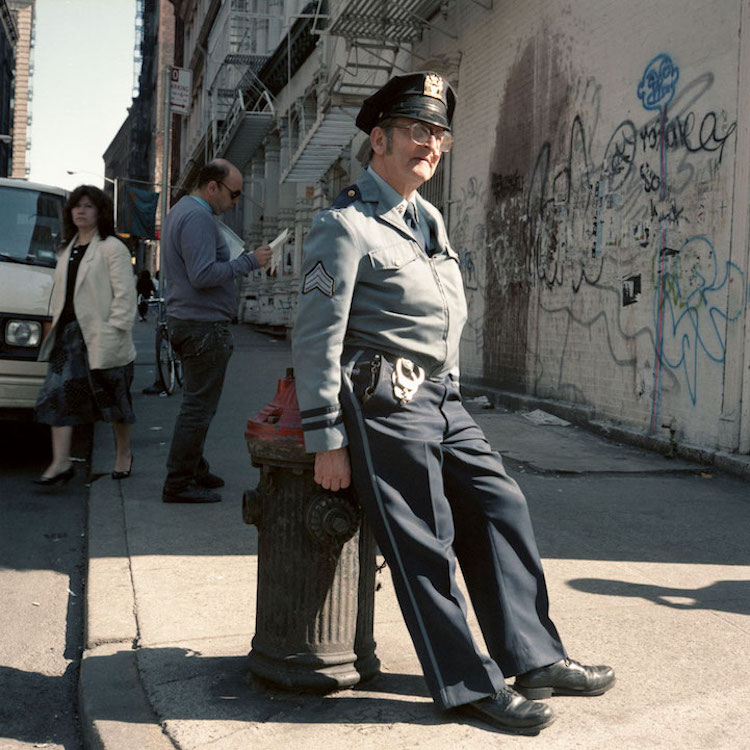
Image via Janet Delaney. READ MORE: Interview: Fascinating Vintage Photos of New York City in the 1980s by Janet Delaney
Bruce Davidson

Image via Bruce Davidson. READ MORE: Revealing Photos of New York Teen Gang Members in 1959
Iconic photographer Bruce Davidson has been documenting New York since leaving the military in 1957. In 1980, he began shooting a series of images within the New York subway. Inside the defaced train cars, the raw, emotional candids reveal just how unsafe public transit was at the time. “The subway was dangerous at any time of the day or night, and everyone who rode it knew this and was on guard at all times,” Davidson recalls. “A day didn’t go by without the newspapers reporting yet another hideous subway crime. Passengers on the platform looked at me, with my expensive camera around my neck, in a way that made me feel like a tourist—or a deranged person.”

Image via Bruce Davidson. READ MORE: Revealing Photos of New York Teen Gang Members in 1959
Richard Sandler

Image via Richard Sandler. READ MORE: Black and White Photos Capture the Urban Grit of 1980s New York City
Throughout the 1980s Richard Sandler thrived on capturing the grit of Manhattan. His black-and-white images capture the range and diversity of citizens in the city. Homeless people, families, businessmen, or nannies—he caught them all. Sandler’s evocative stills are the work of a photographer with a keen eye, always at the ready to click when the moment is right. And in doing so, he built an extraordinary collection that relays the trends of an era.
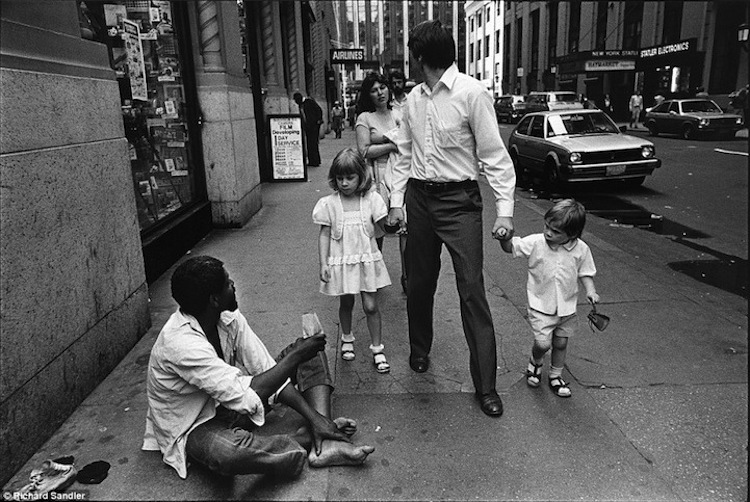
Image via Richard Sandler. READ MORE: Black and White Photos Capture the Urban Grit of 1980s New York City
Jamel Shabazz

Image via Jamel Shabazz. READ MORE: Authentic Street Photography of 1980s New York Reveals the Rise of Hip-Hop Culture
Brooklyn-born photographer Jamel Shabazz documented the rise of hip-hop culture in his hometown. From 1980, he worked to photograph trendsetters, breakdancers, and upcoming hip-hop artists. Using his camera as a way to connect with his community, Shabazz shows an uncanny ability to capture the spirit of his subjects. In doing so, he leaves behind a valuable archive of a time where culture and style were evolving at a rapid pace.
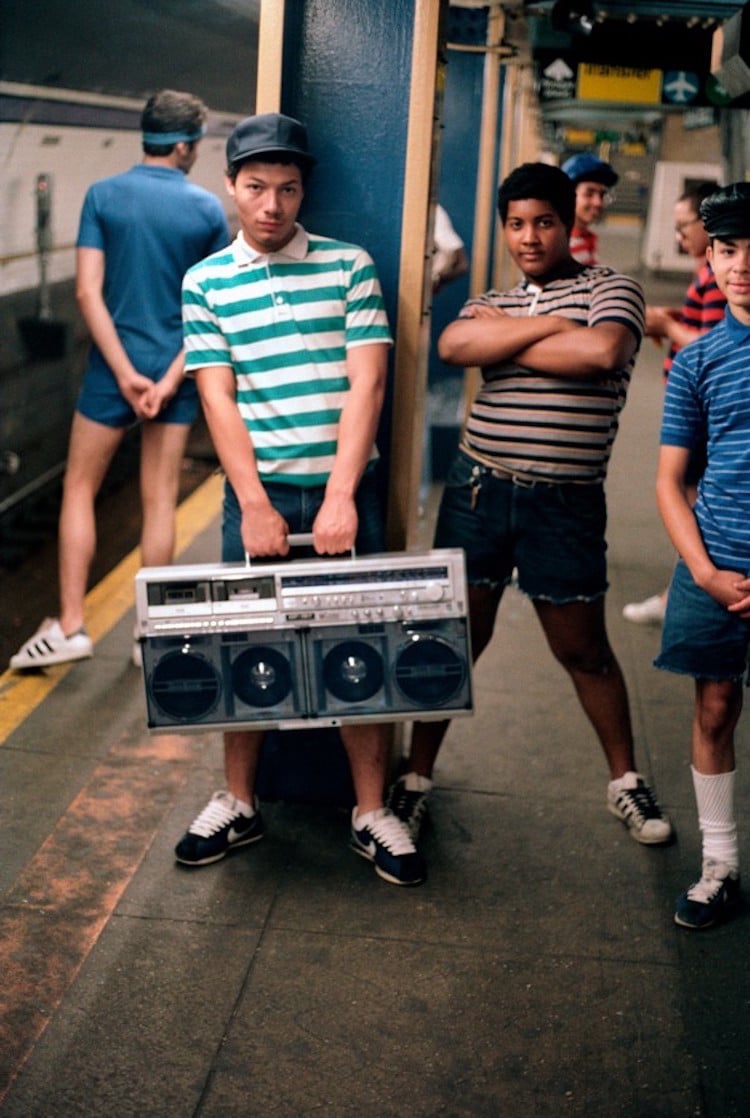
Image via Jamel Shabazz. READ MORE: Authentic Street Photography of 1980s New York Reveals the Rise of Hip-Hop Culture
Ken Stein

Image via Ken Stein. READ MORE: 1980s New York City Captured Through the Eyes of a Teenager
Ken Stein was just a teenager when he worked as a staff photographer for a community newspaper in the Bronx, which gave him the perfect excuse to roam the gritty streets and capture the world around him. His work captures this edgy undertone, with dark lighting and cool tones. “The city was different back then. I think it was quieter, the street lights were darker, there was more room to walk and more places to wander—often everything seemed new and the different areas of the city were just that; different.”
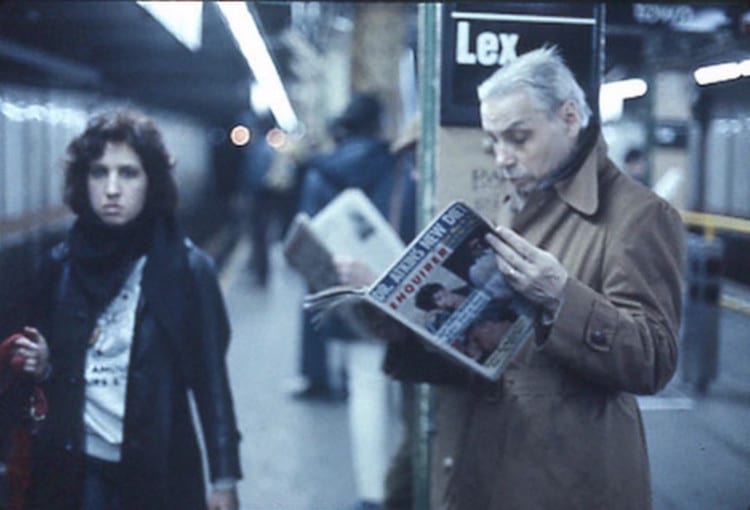
Image via Ken Stein. READ MORE: 1980s New York City Captured Through the Eyes of a Teenager
